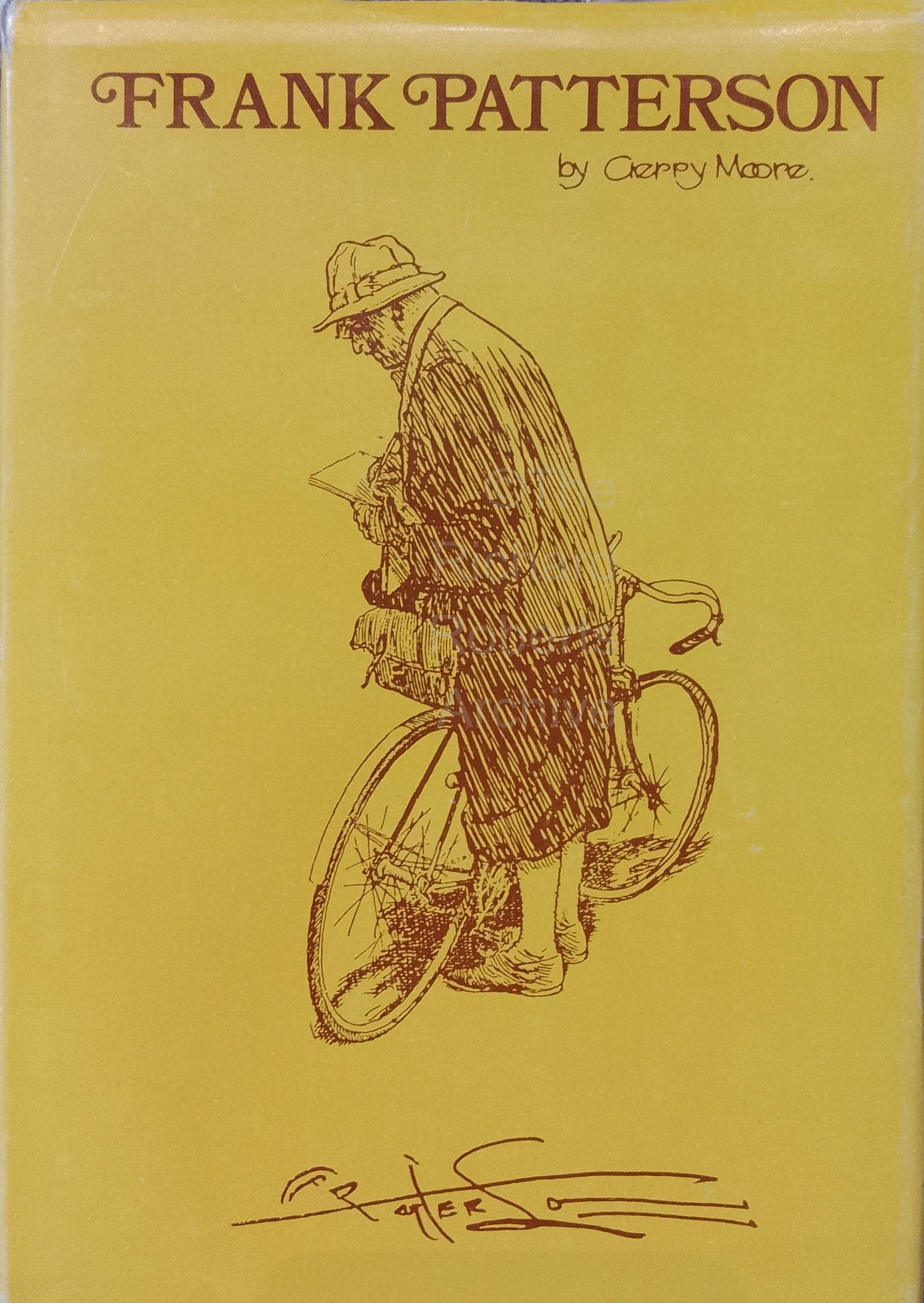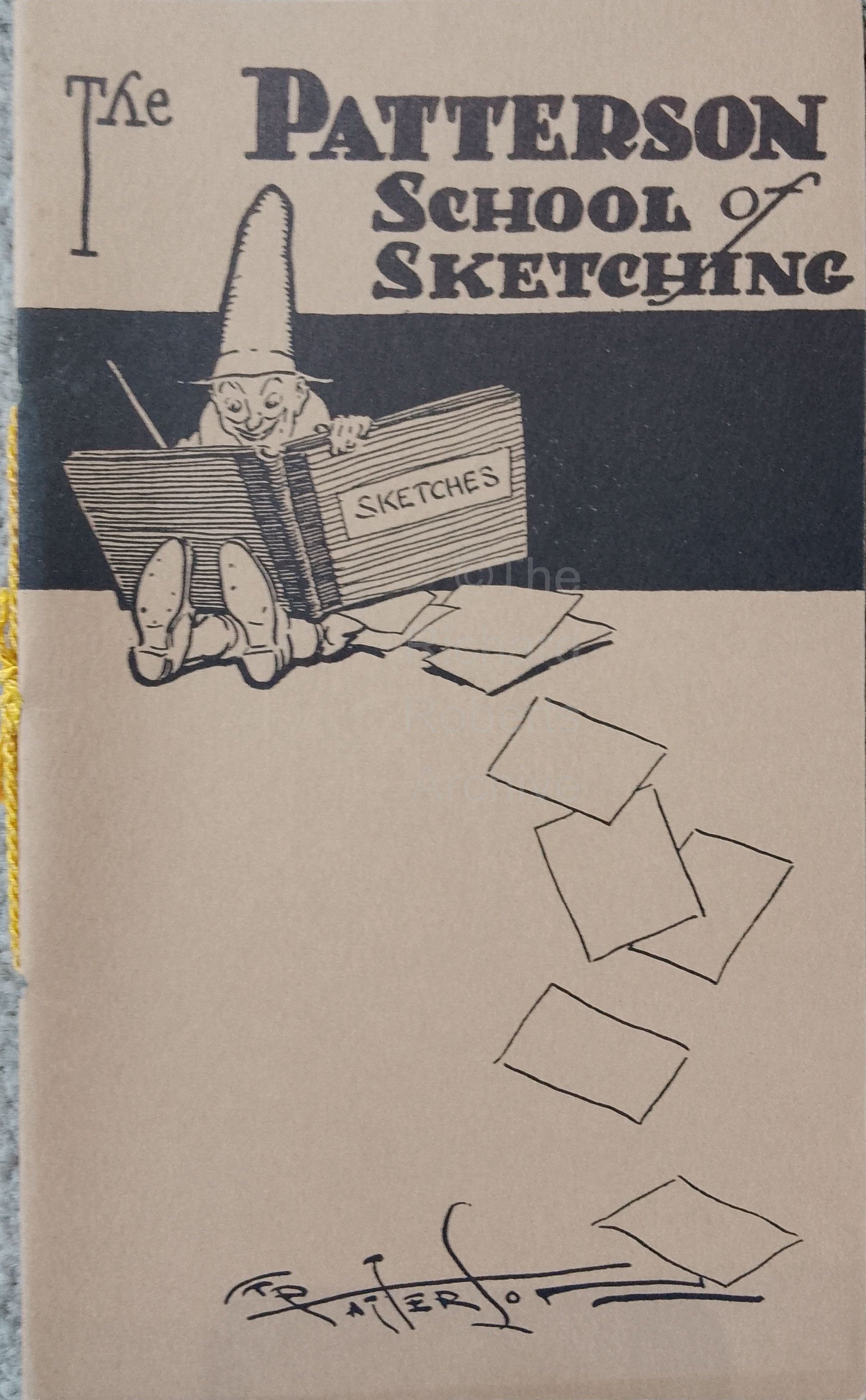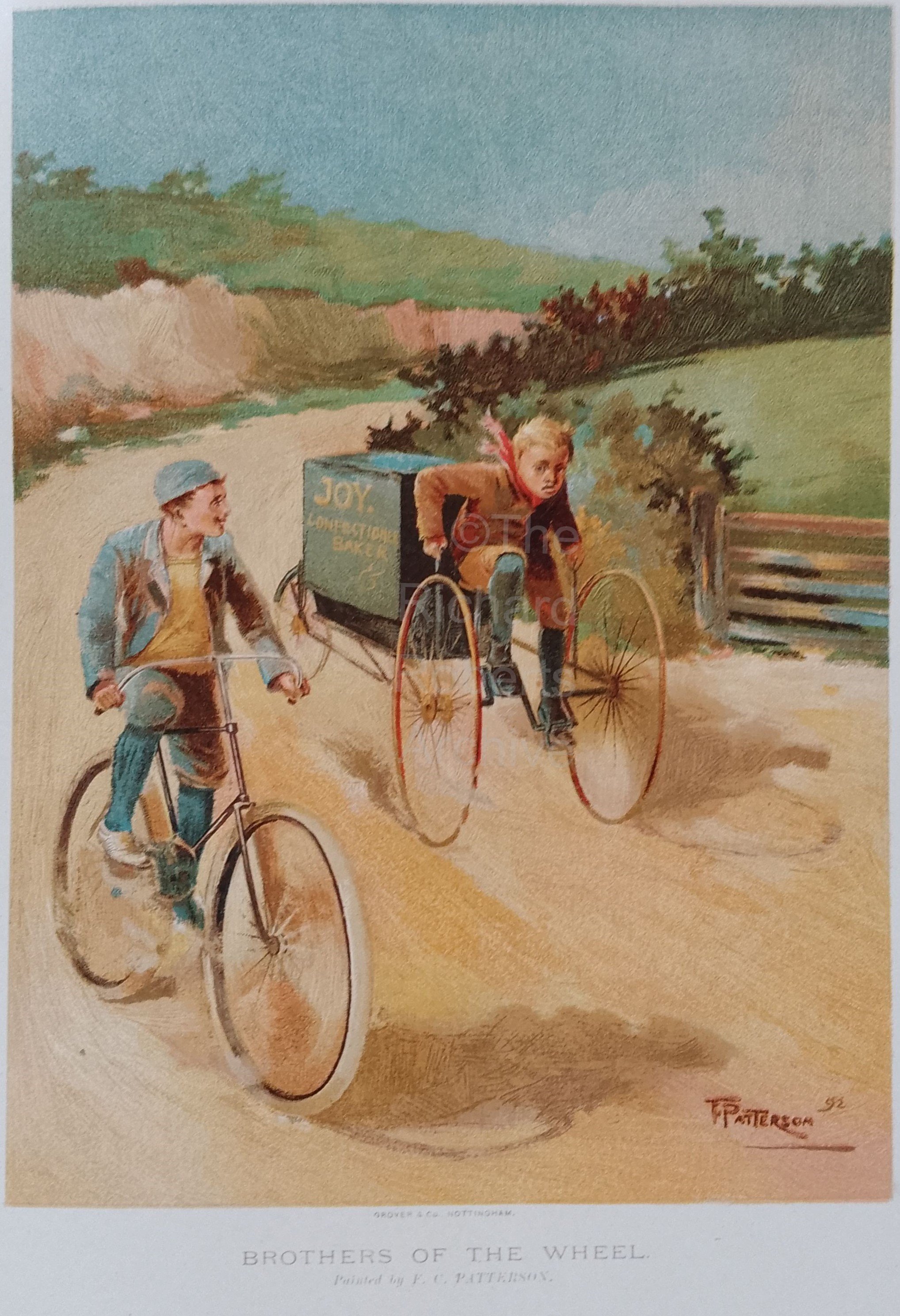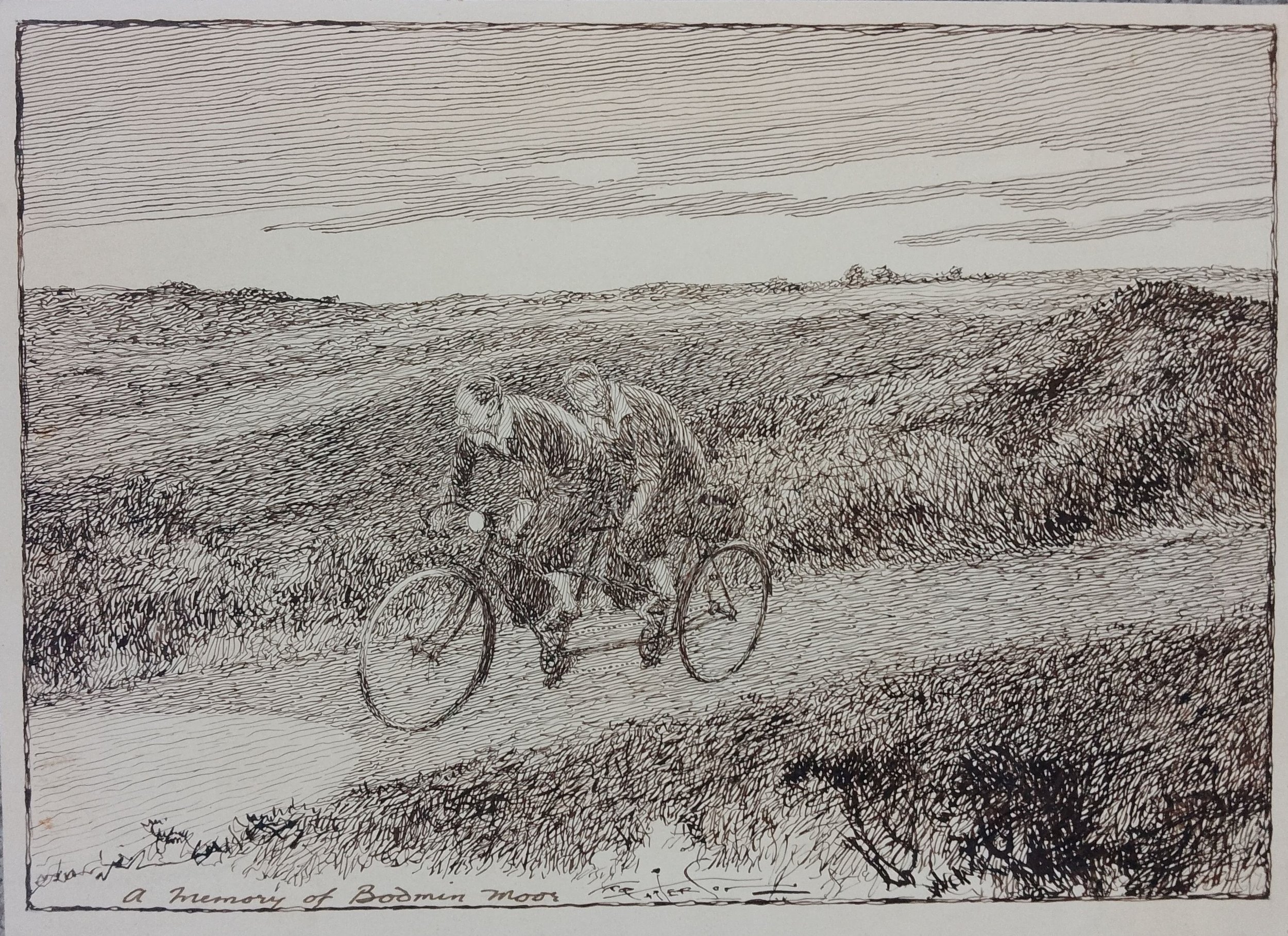The Frank Patterson Blog - Part Five
The final blog
Hello again, this is Caitlyn with my final instalment on Frank Patterson (for now!). Throughout my time at the archive, my knowledge and information about Patterson has grown vastly. This is from the copious amounts of primary material available to me, such as the lengthy runs of The Motor, Cycling and CTC Gazette, but also from the superb materials Richard has acquired for the archive. Such things include the excellent biography Frank Patterson by Gerry Moore (1984); the lovely picture books of Patterson’s work such as The Patterson Book (1948) and The Patterson Picture Book (1978) and most recently, which may be my favourite thing, a copy of a leaflet for ‘The Patterson School of Sketching’ which was a correspondence school Patterson had set up in 1936 to teach artists his skills.
Through previous research, we had linked the famous contemporary artist Reg Gammon to Patterson, through evidence of an apprenticeship at Pear Tree Farm, at which Patterson was known to have taken on apprentices. The big clue was also Gammon’s surname, as this matched Patterson’s first wife’s maiden name. The Frank Patterson biography was a great source to corroborate this information and gave some background on Patterson’s business acumen. It told us that the school venture did not make much money as it was very costly and time consuming and stopped him being able to fulfil as many commissions. As the research has continued, fascinating things such as this keep cropping up.
It has been wonderful learning more information about Patterson at a deeper level than through his contributions to travel magazines. Whilst cataloguing Patterson’s work, the theme of the quaint British countryside scene, with often just a single tourer, was very prevalent. This has been dubbed the ‘romance of the road’ by historians.
It has been interesting to tie this image Patterson had been portraying to a wider feeling in the society of the time. Throughout his lengthy career as a commercial artist, he was able to influence and romanticise an idea which, by the 1920s especially, was no longer accurate: the massive popularity of the motorcar had turned these countryside destinations of unspoilt beauty into popular and frequently visited tourist attractions.
The magazines featuring Patterson’s work enabled his drawings to reach a wide audience. These magazines were made with cheap paper and featured many advertisements. This made them affordable to the masses, even the middle and working classes, which ensured Patterson’s drawings would have been commonplace to people of the time. His vast number of drawings, and the secondary information built up about him has been a joy to research, and it has felt very rewarding to be a part of this project with the archive. As my project is ending, it is satisfying to look back on all the work I have been able to do, and to see the information which can now be offered through the archive about Patterson. I cannot thank the archive and its great volunteers enough for a great experience and I hope to continue my research and bring to light even more interesting facts about this truly remarkable artist.





